Legends travel faster than footnotes. Classroom stories turn into cultural wallpaper, and over time the varnish starts to feel like wood. Here’s the thing: the real past is sharper, stranger, and far more interesting than the slogans that replaced it. Correcting these myths does not shrink the drama. It restores it, anchoring people and events to evidence, not wishful thinking. What follows untangles familiar claims, respects context, and lets curiosity do the heavy lifting while the noise fades.
Einstein Didn’t Fail Math

The feel good tale of a struggling student blooming into genius collapses under his records. As a teenager, Einstein handled advanced geometry and calculus, while grading translations between Swiss and German systems later bred confusion. The myth flatters effort alone, but the truth shows early talent forged by stubborn curiosity and long hours. His real conflict sat with authority and routine, not arithmetic, and that tension shaped the restless thinker he became.
Vikings Didn’t Wear Horned Helmets
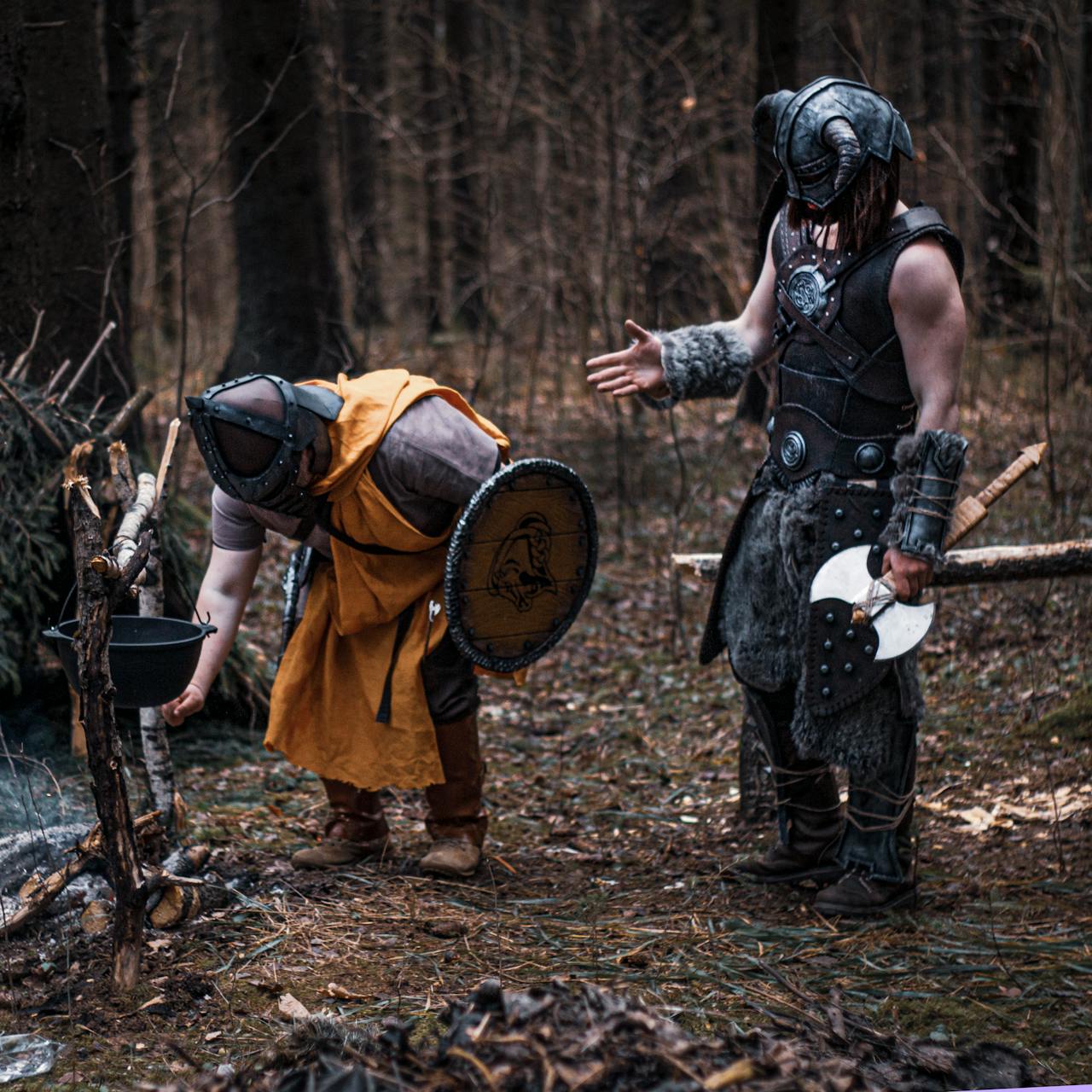
The famous horns come from 19th century costume design, not graves or battlefields. Archaeology points to plain, practical helmets or none at all, because protruding horns add weight, snag in grapples, and waste energy. The stage loved a silhouette that read from the cheap seats, and the image stuck in posters and parades. Real raiders favored function over flair, carrying good timber, sharp iron, and tactics that did not need antlers to intimidate.
Napoleon Wasn’t Especially Short
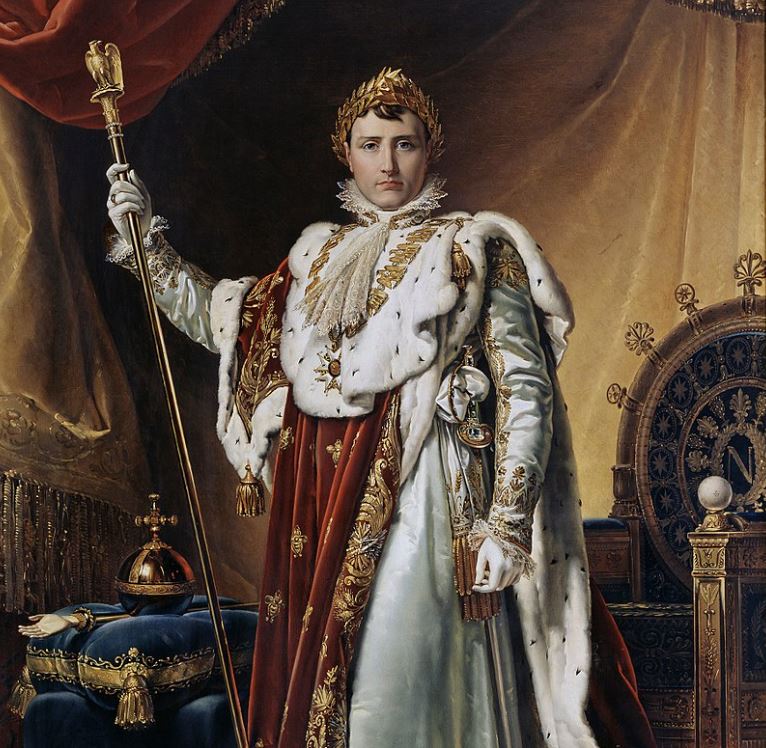
Measured in French inches, which run longer than English ones, Napoleon reads taller when converted, roughly five foot six to five foot seven for his era, close to average. British cartoons miniaturized him to puncture ambition, and the joke endured. Portraits often place him near towering guards, which exaggerates contrast and sells authority. Strip away propaganda and the scale turns ordinary, leaving an outsized legacy built on logistics, speed, and nerve.
Medieval Europe Didn’t Think Earth Was Flat

Scholars inherited a spherical Earth from antiquity through Aristotle and Ptolemy, and medieval works use the globe to explain seasons and latitude. Mariners watched masts sink over curved horizons, and teachers compared shadow lengths across regions. The flat Earth slur bloomed later, a modern sneer that painted the Middle Ages as dim to flatter progress. What this really means is the caricature survived because it was simple, not because it was true.
The Great Wall Is Not Visible From Space

Astronauts have said it plainly. The wall is long but narrow, built in earth tones that blend with hills, so from orbit the eye favors bold contrast like cities, airports, and irrigated fields. Under snow or angled light, a photo can catch fragments, which keeps the rumor alive. As a rule, though, the unaided eye cannot track a thin masonry ribbon across mountains, no matter how beloved the idea has become.
Salem Witches Were Not Burned
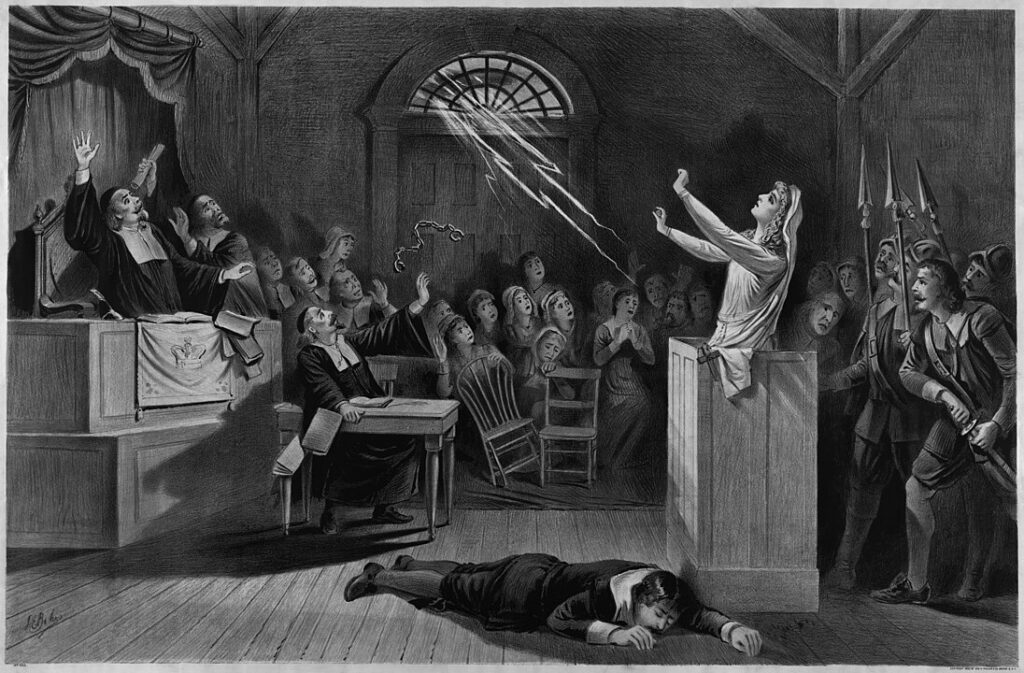
In 1692 Massachusetts, executions came by hanging, and one accused man died under stone pressing. Burnings belong mostly to European witch hunts, later folded into New England retellings. The horror in Salem lived in spectral testimony, local feuds, and a court moved by panic. Precision matters here, because clear facts honor victims and show how fear corrodes process. The lessons land harder when methods, names, and dates are handled with care.
Paul Revere Did Not Shout The British Are Coming
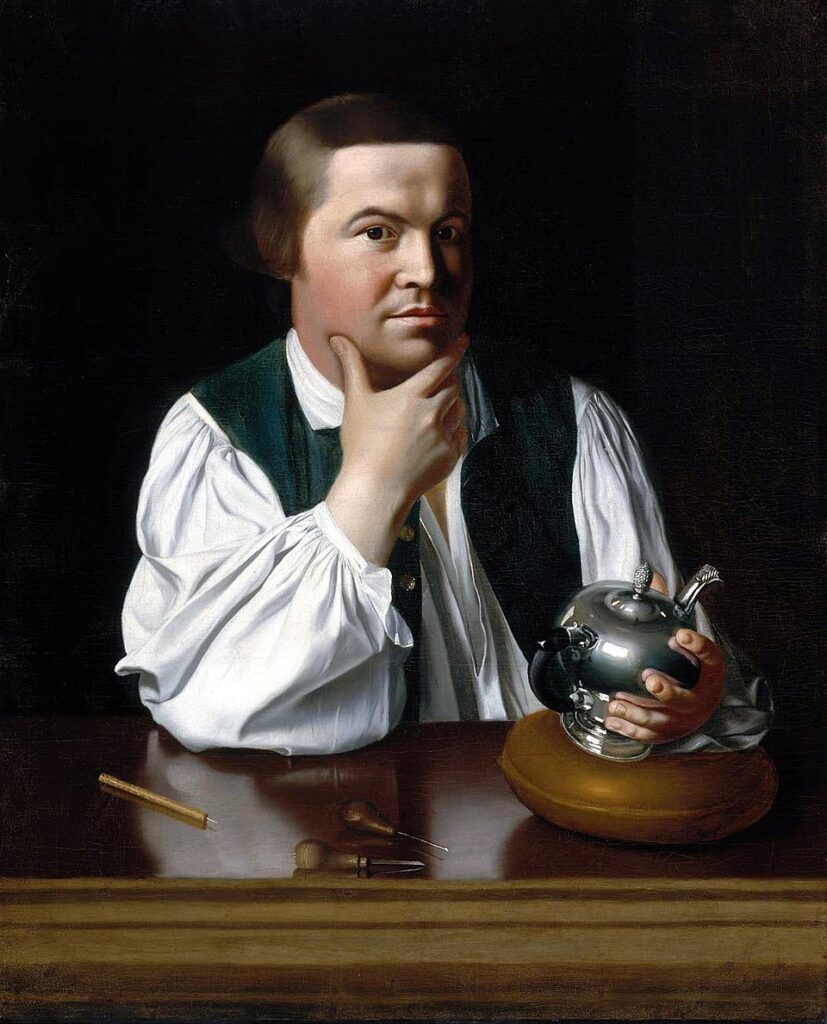
On the night of Apr. 18, 1775, riders moved quietly, warning trusted contacts and militia leaders. Many colonists still called themselves British, so the famous shout would have been nonsense and a security risk. A network spread alerts by signals and side roads, which proved faster than noise. Poetry later streamlined the scene into a single heroic line. The real achievement was coordination under pressure, not volume in the street.
The Emancipation Proclamation Did Not Free Everyone
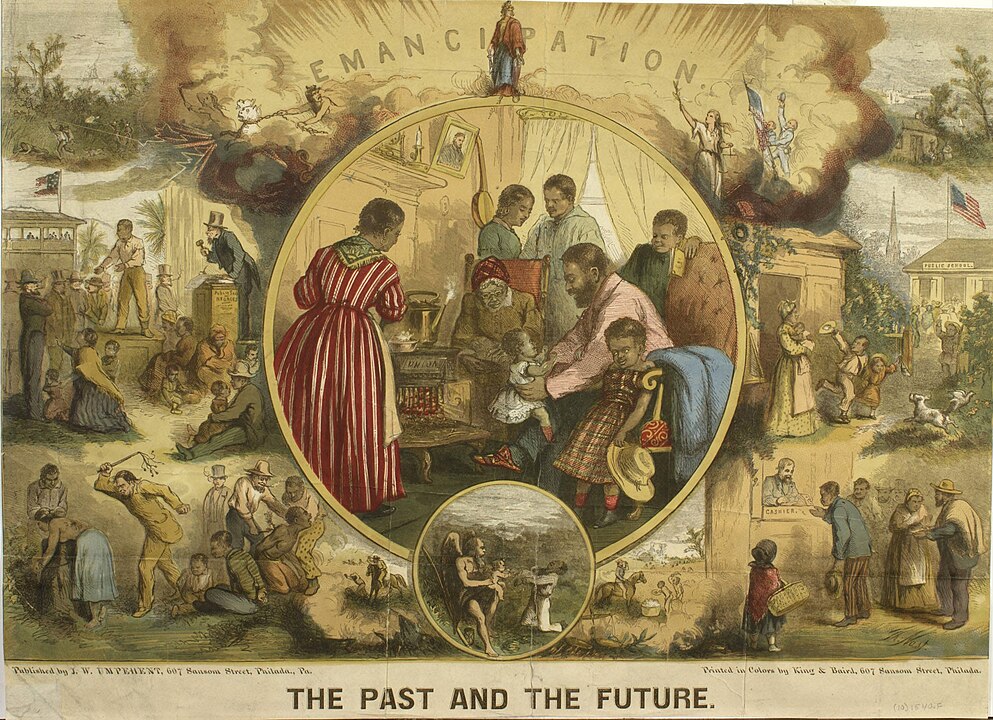
Issued Jan. 1, 1863, it declared freedom in rebelling Confederate territories, not in Union controlled areas or loyal border states. Freedom advanced with Union lines and became national law with the 13th Amendment in Dec. 1865. Even so, the order shifted the war’s purpose, opened the army to Black enlistment, and signaled a moral line that could not be rolled back. Law, force, and time worked together to make freedom durable.
Cleopatra Wasn’t Ethnically Egyptian
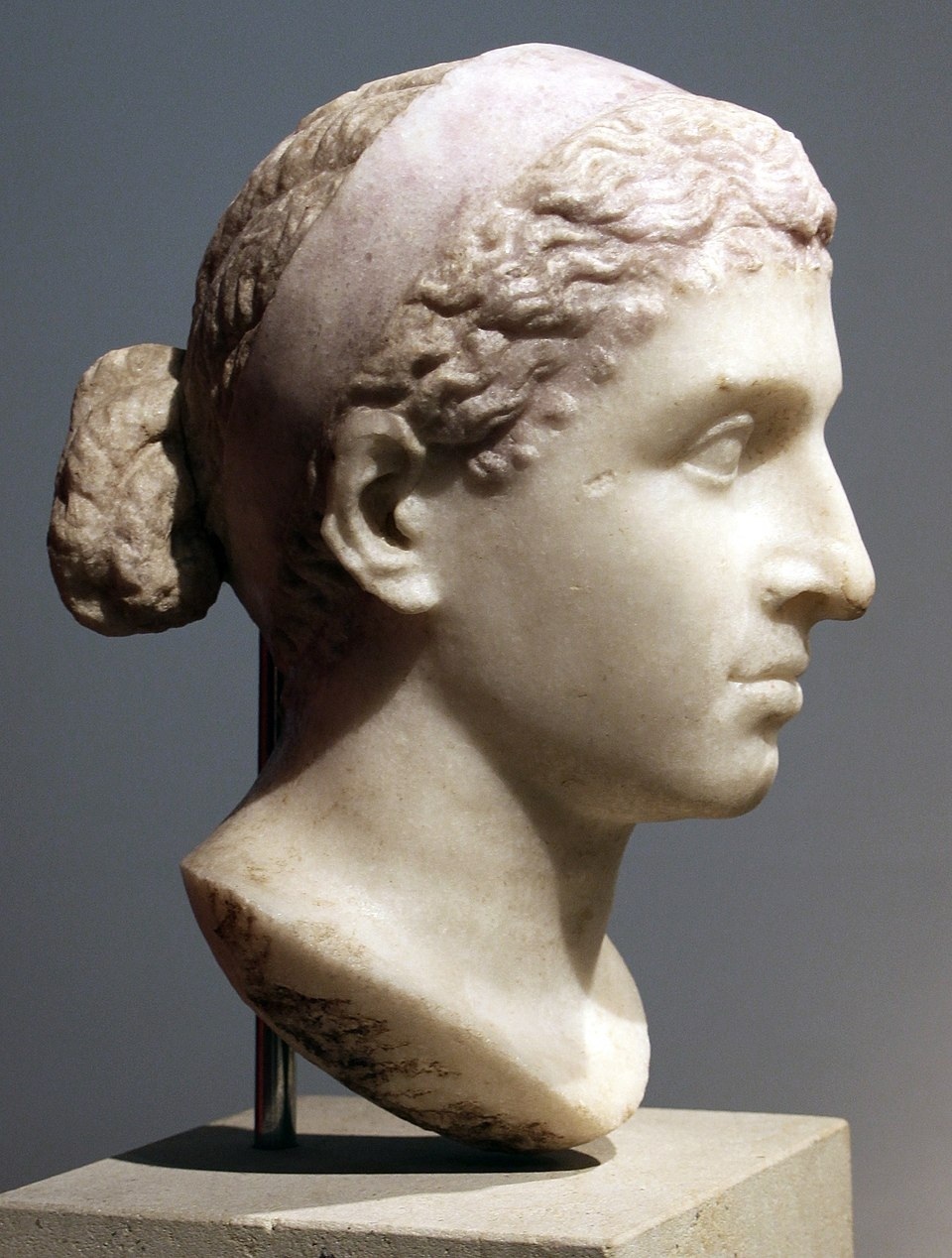
Cleopatra VII ruled Egypt, spoke Egyptian, and staged power through native rituals, but her dynasty was Macedonian Greek, descended from Ptolemy, a general of Alexander. Alexandria thrived as a cosmopolitan court, and she navigated Roman pressure with languages, alliances, and spectacle. Reducing her to a single identity hides the skill that made her formidable. In a city of blended cultures, she understood image as policy and ruled accordingly.
Washington’s Teeth Were Not Wooden

The first president endured extractions and constant repairs, wearing dentures built from human teeth, animal ivory, and metal hardware that stained and cracked like wood. That mix explains the rumor’s texture, but the reality is grimmer and more revealing about 18th century medicine and commerce. Pain shaped posture, portraits, and careful speech. The story lands heavier when the materials are named, because it adds cost and humanity to the marble.
Medieval People Were Not Constantly Filthy

Hygiene varied by class and season, but records note bathhouses, heated tubs, laundered linens, and scented herbs alongside sermons about excess. Water quality could be poor in crowded towns, yet habits formed around hand washing and clean clothing. Epidemics came from microbes and infrastructure, not a universal refusal to bathe. The cartoon of endless grime survives because it is vivid, while the truth is a mixed, local, and practical reality.
The Trojan Horse Was Likely A Metaphor
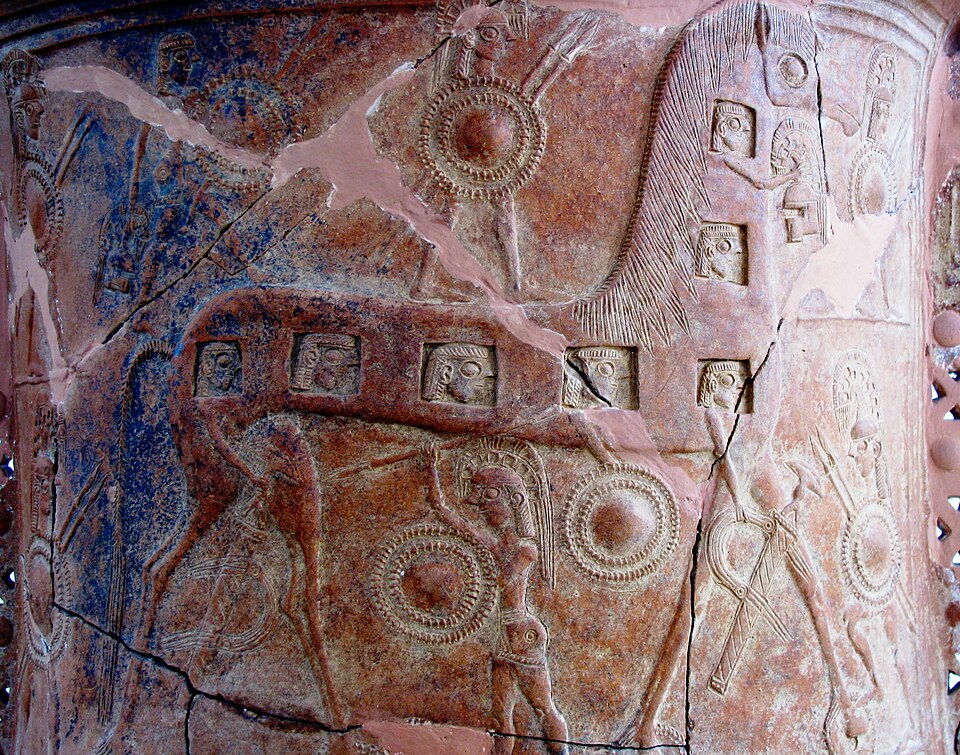
Archaeology supports conflict around Troy, but the giant wooden horse appears in poetry, not in contemporary logs. The image may compress a siege engine, a hidden strike through a gate, or a political trick wrapped as tribute. Artists carved the tale into certainty and cinema made it familiar, but the core is a warning about gifts that carry defeat inside. Myth packaged strategy, and the package proved unforgettable.
Gladiators Rarely Fought To The Death
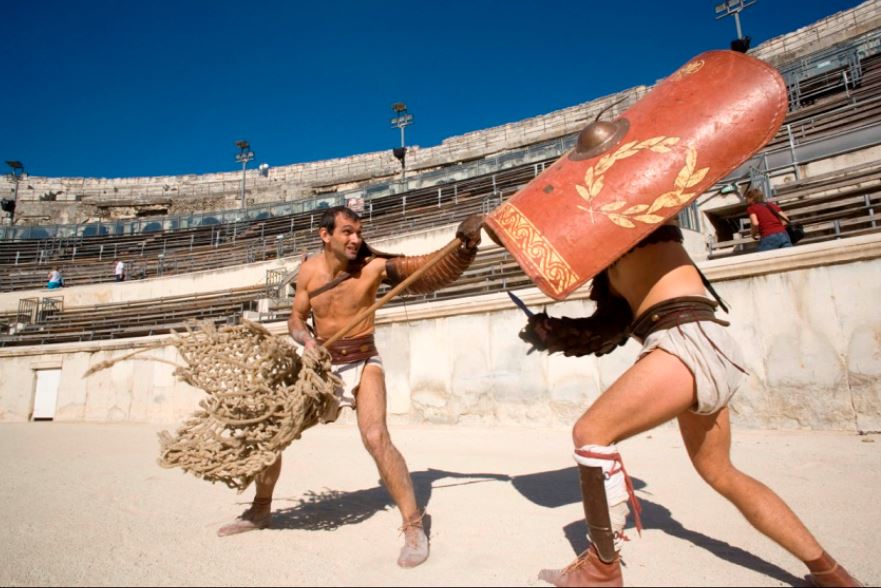
Training fighters cost money, so managers used rules, referees, and negotiated outcomes to protect investments. Deaths happened and the arena was brutal by design, but many bouts ended with surrender, mercy, or a payout that set up a rematch. Crowds cheered risk and skill more often than execution. The reality looks like violent sport with significant theater, not constant slaughter, which is why star fighters could build careers.
Nero Did Not Fiddle During The Great Fire
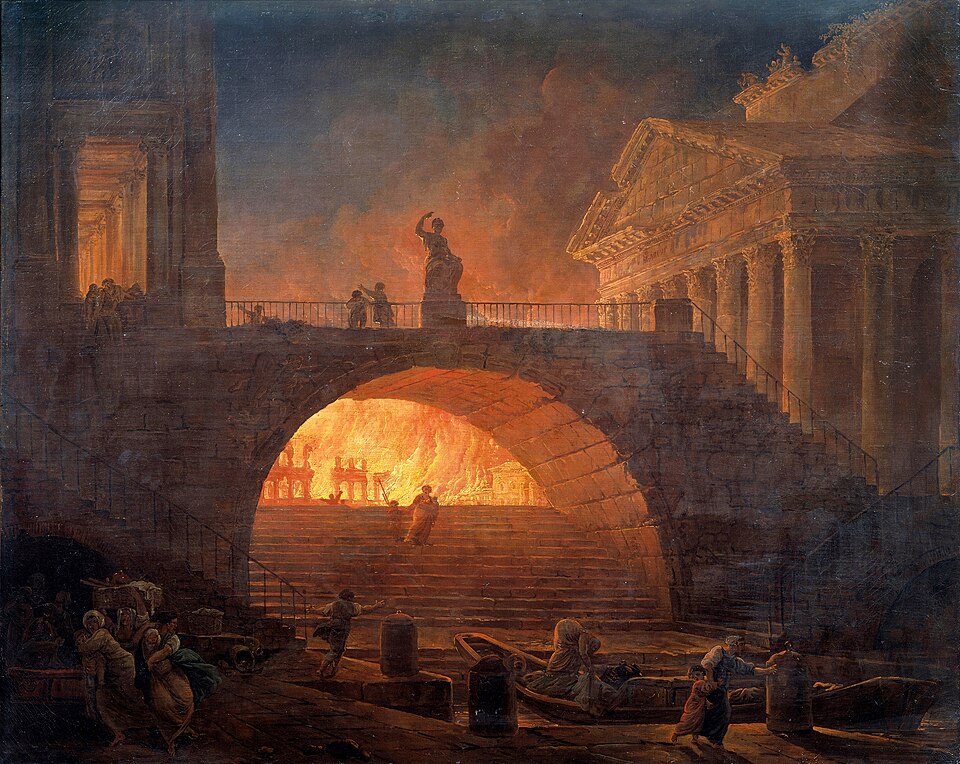
There was no fiddle in 64 CE, and reports place Nero outside Rome when flames began. Sources describe relief efforts, opened gardens, and plans for rebuilding, though politics soon hardened blame. Enemies turned disaster into a parable about vice, and the image stuck because a burning city demands a villain. Evidence threads a narrower path, where propaganda and crisis management collide and the easy story melts on contact.


